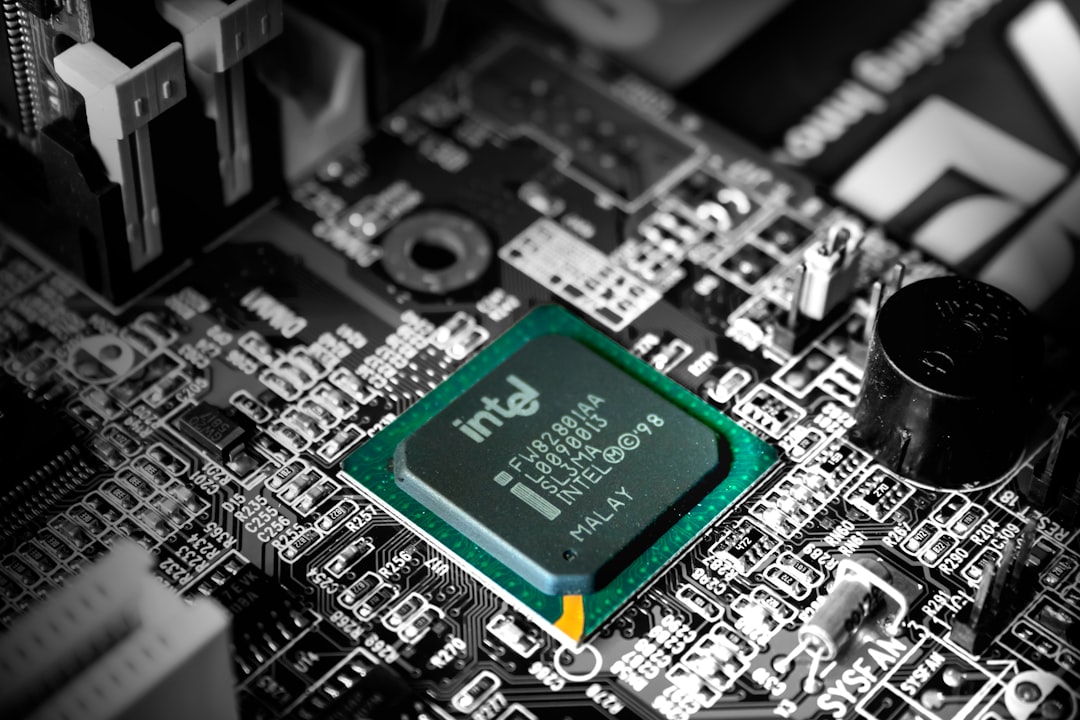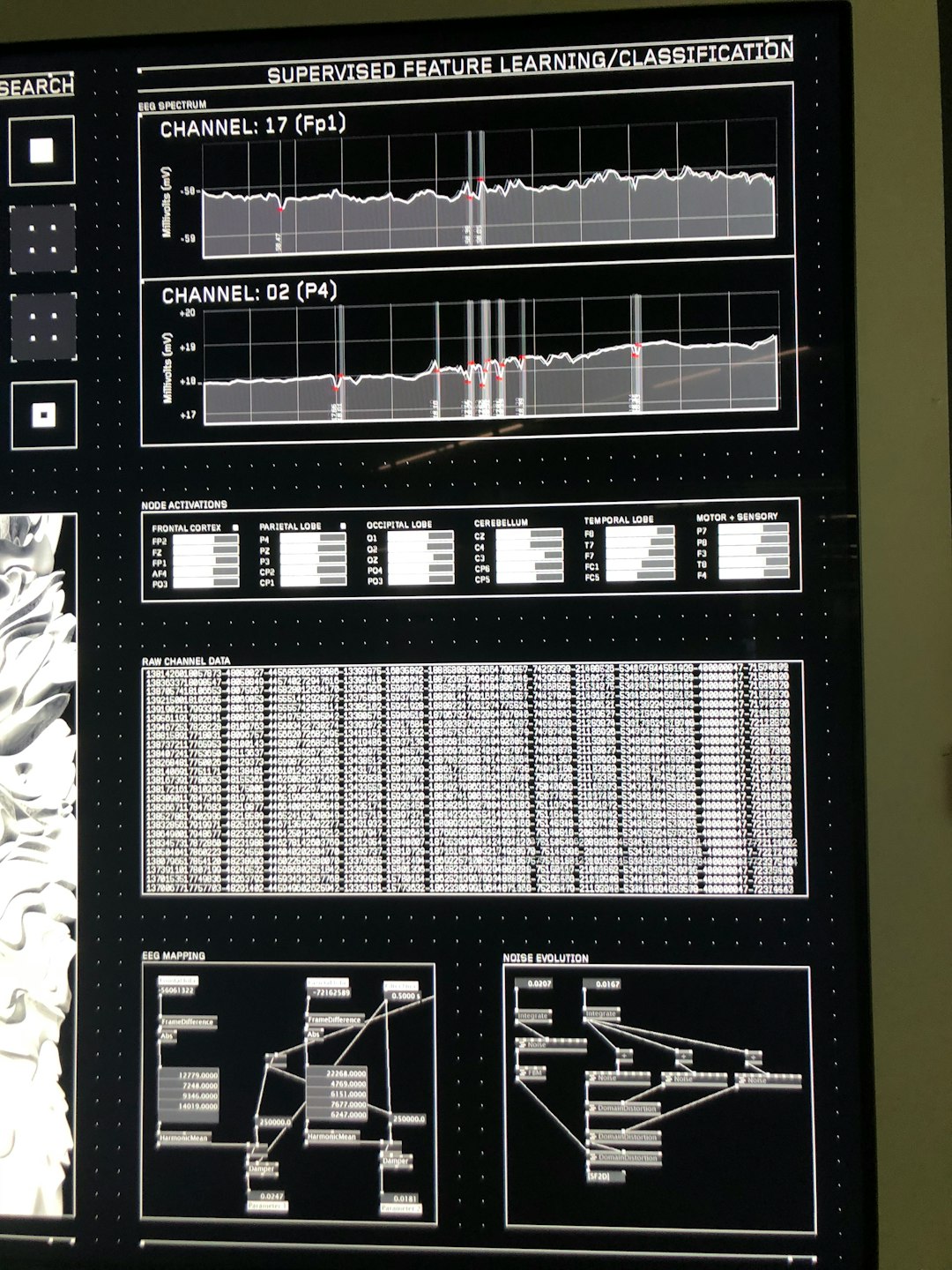Intel returns to the discrete GPU battlefield with its latest contender: the Arc B580 “Battlemage”. As the second-generation addition to the Arc lineup, Battlemage is tasked with proving that Intel is not just an experimental newcomer in the GPU space. Following the moderate success of the Alchemist series, expectations for the B580 have been high. This review dives deep into its real-world gaming benchmarks, thermal performance, power efficiency, and how it stacks up against similarly priced GPUs from NVIDIA and AMD, including the RTX 4060 and RX 7600.
Specifications and Architecture
The Arc B580 is built on Intel’s Battlemage architecture, leveraging the improved Xe² cores. It features:
- 16 Xe² cores with support for hardware-accelerated ray tracing
- 10 GB of GDDR6 memory on a 192-bit bus
- Base clock speed: 2.2 GHz, boost clock: up to 2.55 GHz
- TDP: 185 Watts
- DirectX 12 Ultimate compliance
This places it squarely in the mid-range GPU space, targeting 1080p and 1440p gaming markets. Compared to the previous Arc A770, the B580 brings a number of architectural and efficiency optimizations, particularly in shader execution and memory management.
Performance Benchmarks
To evaluate the B580’s competitiveness, we tested it across a suite of modern titles. Benchmarks were conducted on a Ryzen 7 7700X test bench with 32GB of DDR5 memory and all GPUs running on the latest drivers as of Q2 2024.
1080p Performance
At Full HD resolution, the Arc B580 shines surprisingly well:
- Cyberpunk 2077 (High preset, RT off): 76 FPS (Arc B580) vs. 71 FPS (RTX 4060), 74 FPS (RX 7600)
- Call of Duty: Modern Warfare III: 113 FPS (Arc B580) vs. 108 FPS (RTX 4060), 106 FPS (RX 7600)
- Hogwarts Legacy (Ultra preset): 61 FPS (Arc B580) vs. 59 FPS (RTX 4060), 63 FPS (RX 7600)
The results show the B580 is highly competitive, marginally outperforming both NVIDIA and AMD in some cases.

1440p Performance
Stepping up to QHD resolution, the B580 remains mostly on par with its peers:
- Cyberpunk 2077: 51 FPS (Arc B580), comparable to RTX 4060’s 49 FPS
- Forza Horizon 5: 92 FPS (Arc B580) vs. 89 FPS (RX 7600)
Frame pacing is smooth overall, although occasional frame time spikes were noted in older titles not optimized for Intel drivers, a known pain point with prior Arc cards.
Ray Tracing and XeSS vs DLSS and FSR
Intel’s XeSS 1.1 (Xe Super Sampling) shows major improvements in quality and performance uplift, especially in GPU-intensive scenes. While NVIDIA’s DLSS 3 still maintains a lead with frame generation, XeSS now provides a substantial performance bump without significant image degradation. In Control and Metro Exodus Enhanced Edition, enabling XeSS in Performance mode boosted FPS by 35-42%.

Ray tracing performance, meanwhile, trails behind NVIDIA’s hardware but surpasses AMD’s RDNA3 in real-time path tracing scenarios.
Thermals and Power Consumption
In a standard ATX case with adequate airflow, the Arc B580 maintained core temperatures around 72°C under load. Power draw peaked just under 180W during stress testing, fitting nicely within its rated TDP. Efficiency still lags slightly behind the RTX 4060, but improvements over the A770 are highly noticeable.
Driver Stability and Software Ecosystem
One of Intel Arc’s initial weaknesses was driver maturity. With Battlemage, the situation has improved considerably. Day-1 support for major AAA titles such as Starfield and Alan Wake II is now consistent. The Arc Control panel is more responsive and user-friendly, offering overlay metrics, performance profiles, and video capture tools in a sleek interface.
Price and Value
Launching at an MSRP of $269, the Arc B580 undercuts both the RTX 4060 ($299) and closely matches the RX 7600 ($269). For gamers seeking strong 1080p and decent 1440p performance without overpaying for branding or software features, the value here is compelling.
Conclusion
In its second major swing at the discrete GPU market, Intel has delivered a competitive and refined product. The Arc B580 “Battlemage” is not just a proof of concept—it’s a genuine alternative in the mainstream GPU space. With reliable performance, improved driver stability, and significant progress in upscaling technologies, Intel has made a strong case for itself.
Pros:
- Excellent 1080p performance
- Improved ray tracing and XeSS quality
- Competitive pricing
Cons:
- Still lacks mature software features of NVIDIA/AMD
- Occasional driver hiccups in legacy games
With continuing driver support and future optimizations, the Arc B580 could well be the budget-friendly powerhouse that gamers have been waiting for.


